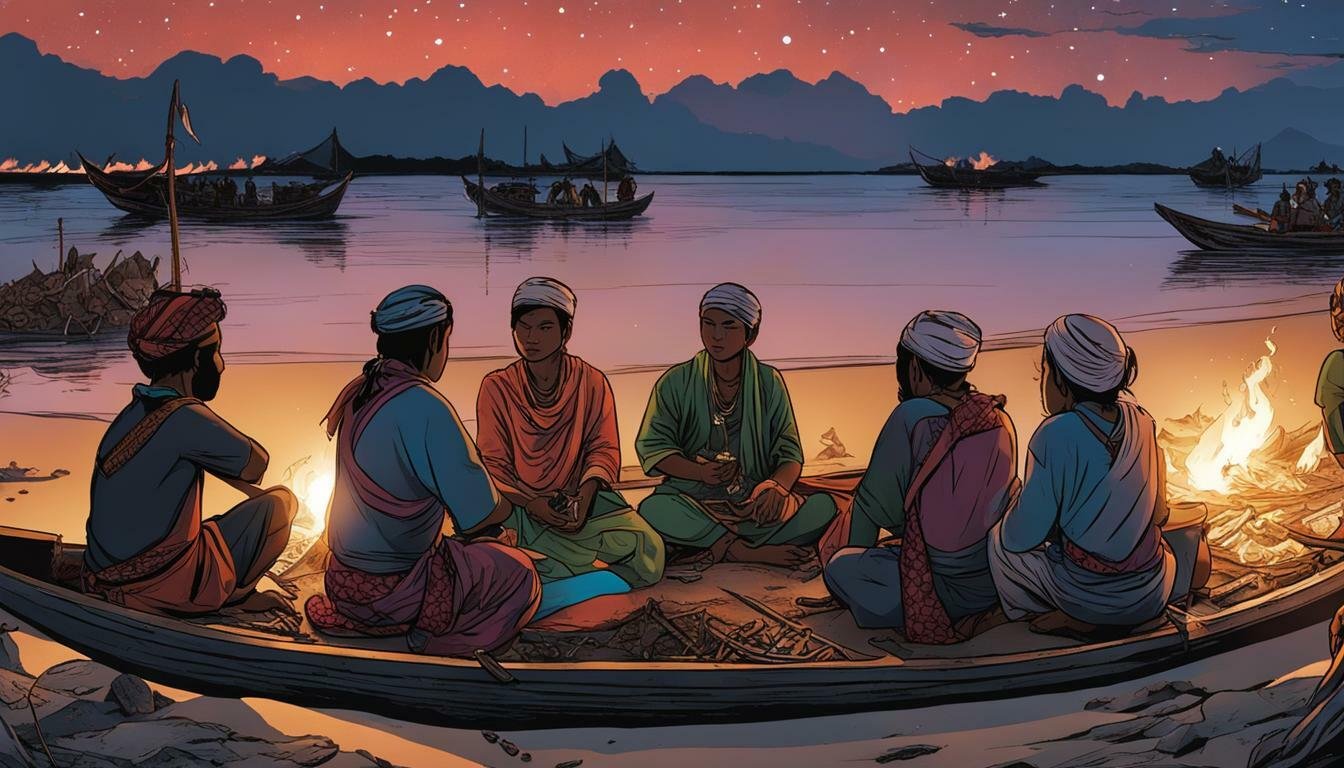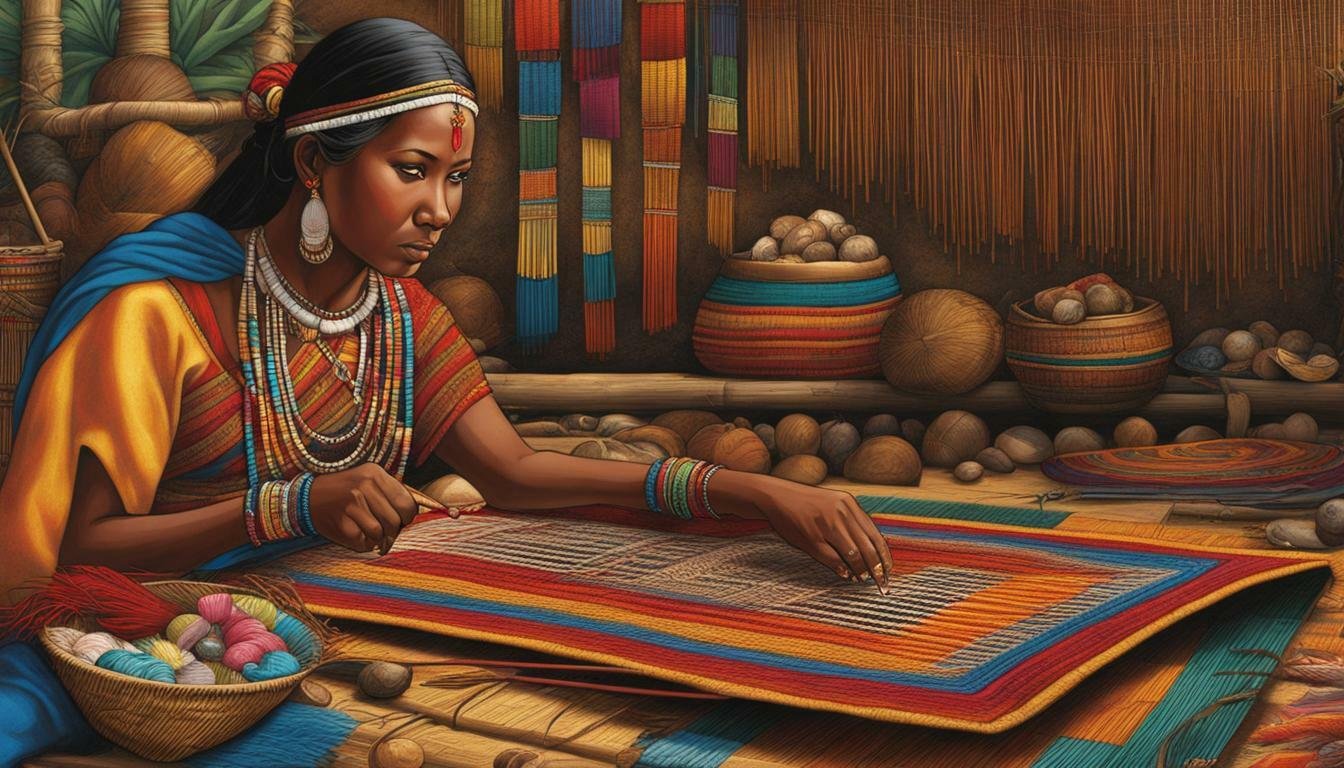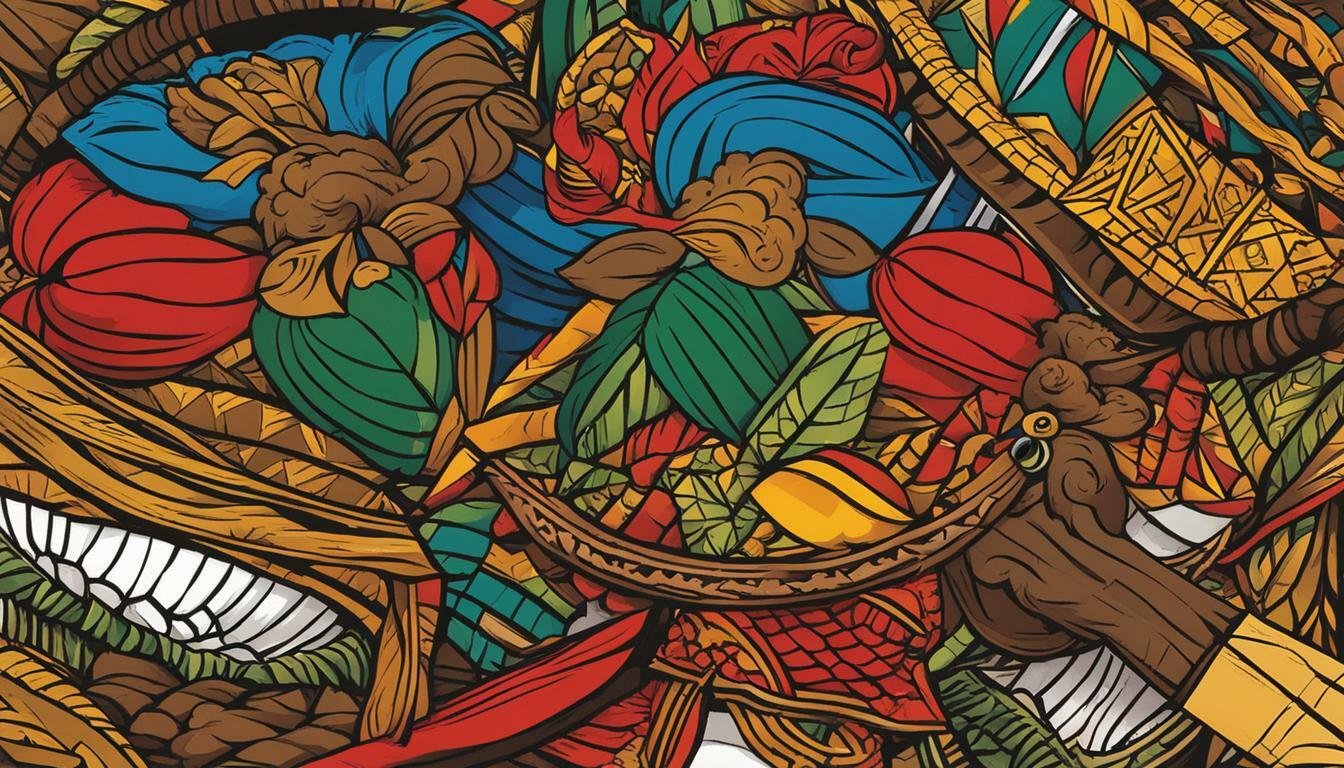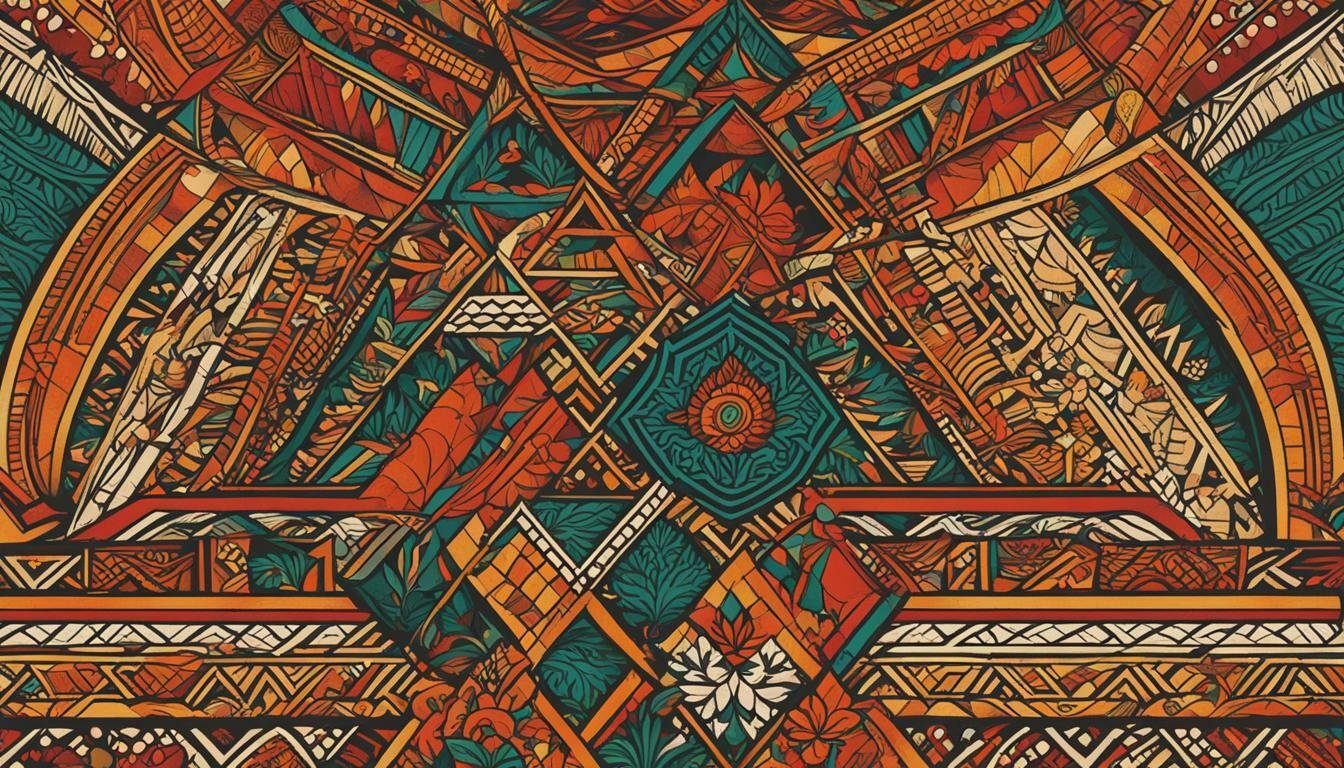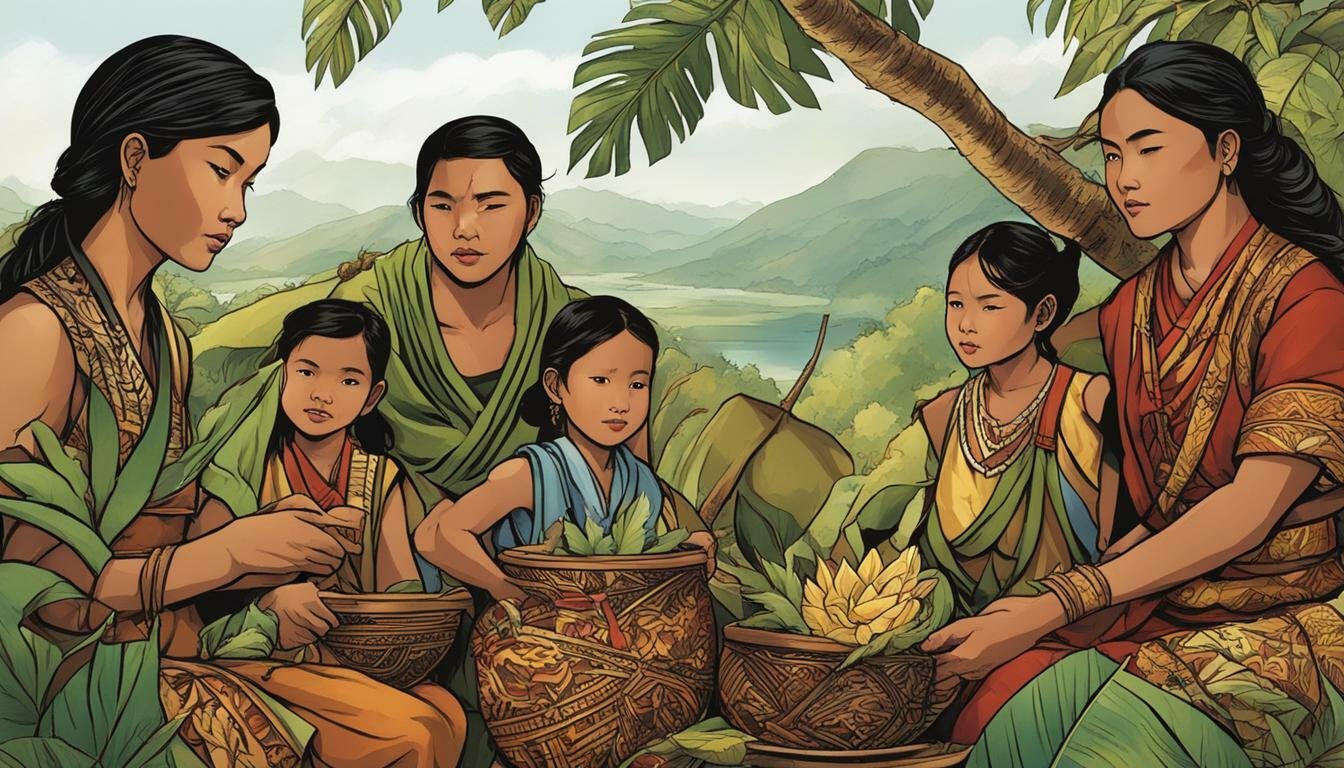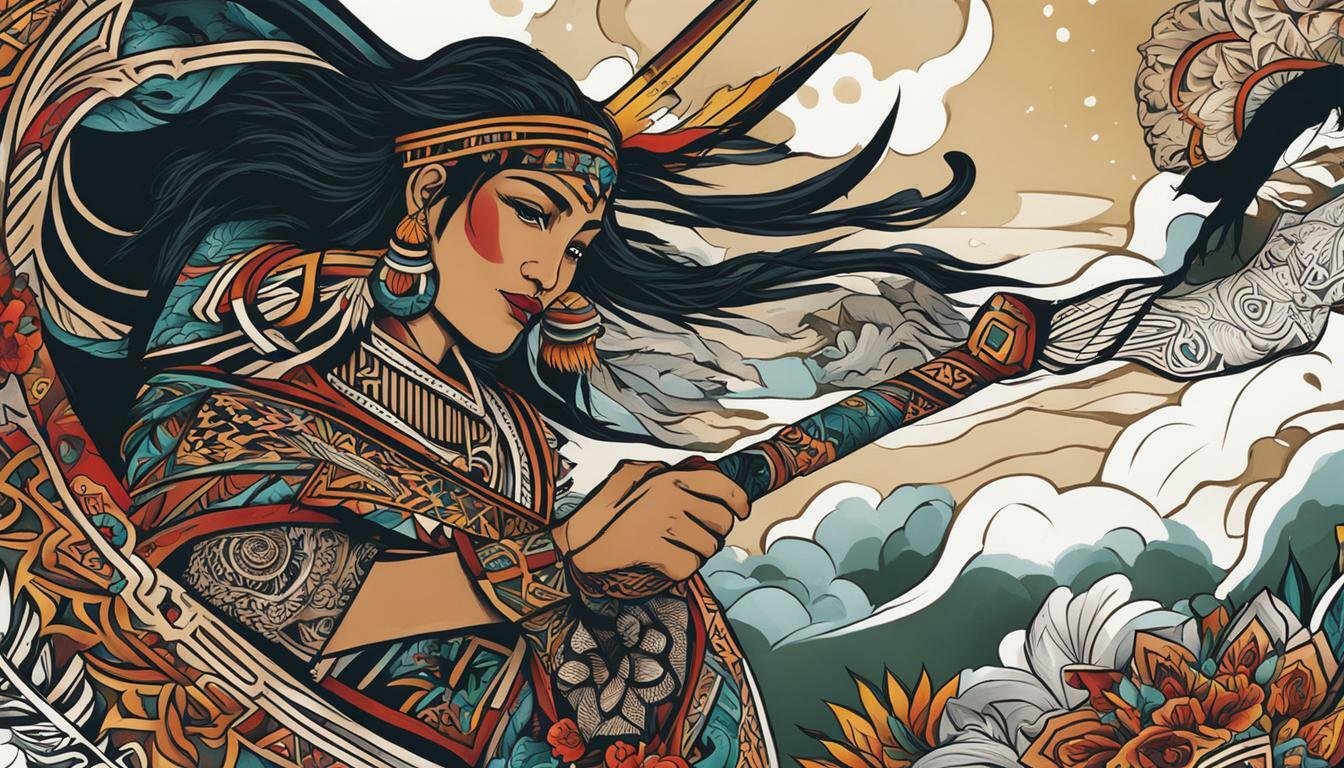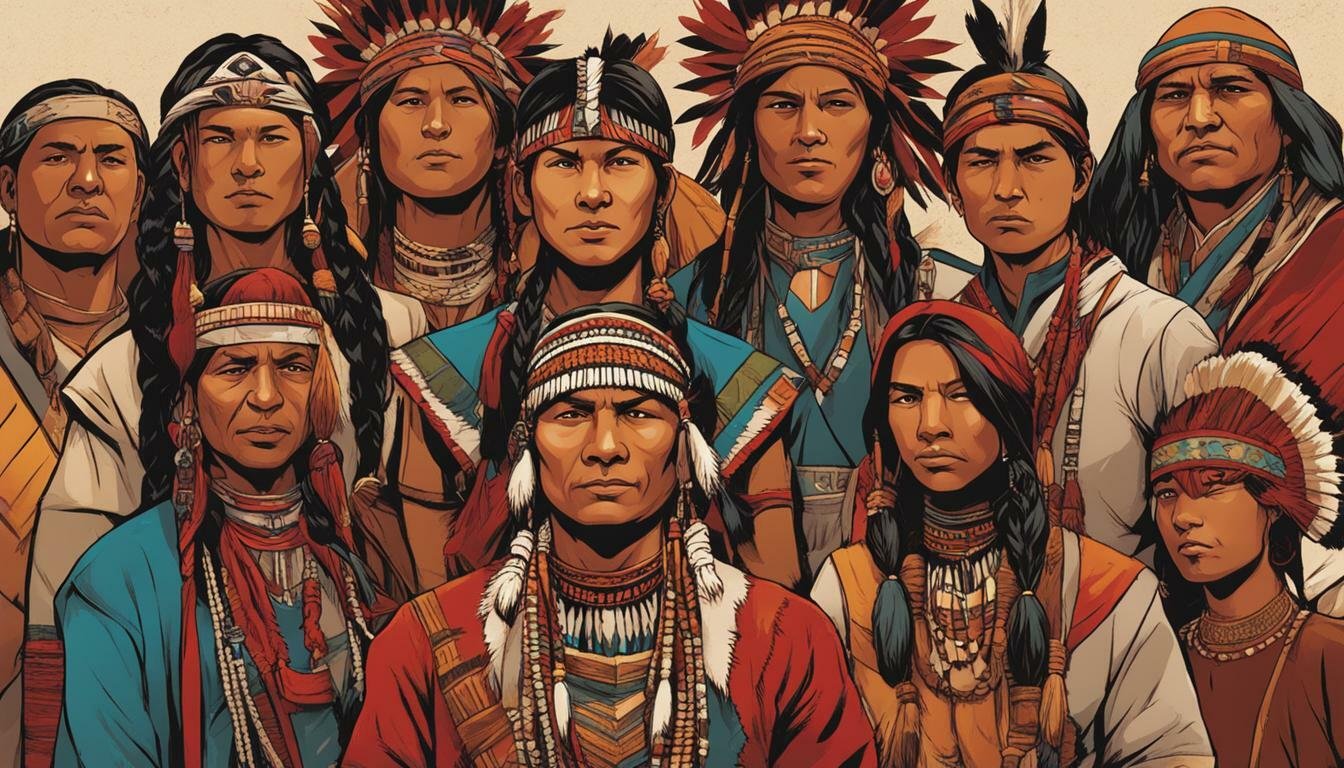The Sama-Bajau people, often referred to as “Sea Nomads,” possess a rich cultural heritage intricately linked to the oceans they inhabit. Central to this identity is the Sama-Bajau language, a complex and diverse linguistic family spoken by various subgroups across the Sulu Archipelago, the coastal areas of Mindanao, Zamboanga, and extending into parts of Malaysia…
Filipino Culture and Heritage
Mandaya Tribe of the Philippines
The Philippines is an archipelago nation renowned for its rich tapestry of cultures, a vibrant mosaic woven from centuries of migration, trade, and interaction. Among the many indigenous groups that contribute to this diversity are the Mandaya people, primarily residing in the provinces of Davao Oriental and Davao de Oro in the southeastern part of…
Palaw’an Language of the Philippines
The Palaw’an Language of the Philippines stands as a vital linguistic and cultural treasure, spoken by the Palaw’an people, one of the numerous indigenous groups residing in the captivating island province of Palawan province. Beyond being merely a means of communication, the Palaw’an language is a living testament to centuries of history, adaptation, and cultural…
Maranao Language of the Philippines
The Maranao Language, also known by its speakers as Meranaw, stands as a vibrant testament to the rich cultural tapestry and enduring spirit of the Maranao people of the southern Philippines. Centered predominantly around the picturesque Lake Lanao in Mindanao, this Austronesian language is far more than a mere tool for communication; it is intricately…
Manobo Language of the Philippines
The islands of the Philippines are a tapestry of cultures, histories, and, perhaps most strikingly, languages. Among the thousands of islands and the diverse peoples who inhabit them, the Manobo people of Mindanao stand out as custodians of a rich cultural heritage deeply intertwined with their linguistic identity. Central to this heritage is the Manobo…
Lumad Language of the Philippines
The linguistic tapestry of the Philippines is renowned for its complexity and diversity, a reflection of the archipelago’s unique history, geography, and the multitude of ethnolinguistic groups that call it home. Among the most distinct and historically significant linguistic groups are the Lumad languages, spoken by the indigenous peoples of Mindanao, the large southern island…
Maguindanao Language of the Philippines
The story of the Maguindanao Language is deeply intertwined with the vibrant and complex tapestry of Philippine History. Spoken primarily by the Maguindanao people in the region of Mindanao, particularly in the province of Cotabato, this language is far more than just a means of communication; it is a repository of cultural identity, historical narratives,…
Mamanwa Language of the Philippines
The Philippines, a nation comprising over 7,000 islands, is a vibrant tapestry of cultures and languages. Among this rich linguistic diversity Philippines is the Mamanwa language, spoken by the Mamanwa people, one of the numerous indigenous groups scattered across the archipelago. Often classified among the Negrito peoples of the Philippines, the Mamanwa hold a unique…
Los Pintados: Indigenous People’s Art of Tattooing
The islands that would one day form the nation of the Philippines were, for centuries before the arrival of European colonizers, home to diverse and vibrant indigenous cultures. Among the most visually striking were the inhabitants of the Visayas region, who greeted the first Spanish explorers with bodies covered in intricate, dark blue patterns –…
National Commission on Indigenous Peoples (NCIP)
The establishment of the National Commission on Indigenous Peoples (NCIP) in the Philippines marked a pivotal moment in the country’s approach to its diverse and historically marginalized Indigenous Peoples Philippines. Created by virtue of the Indigenous Peoples’ Rights Act of 1997 (IPRA Law), the NCIP is the primary government agency mandated to protect and promote…

